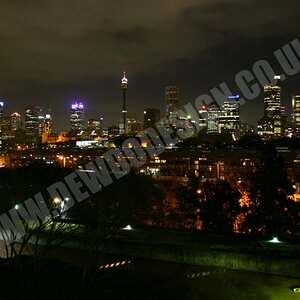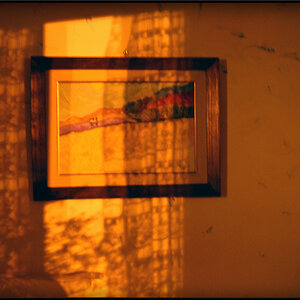Actor
TPF Noob!
- Joined
- Mar 4, 2007
- Messages
- 421
- Reaction score
- 1
- Location
- Ohio
- Can others edit my Photos
- Photos NOT OK to edit
It seems to me that one would want to maintain a consistent light level from one's enlarger head. Mine is designed to use an incandescent lamp which immediately suggests two possible sources of error. First, the voltage from the grid is not constant but can vary from a high level during periods of low consumption to low levels during periods of high use. The solution to this would be to buy a dimmer from the local hardware store and set my level to something like 100 volts measured with my VOM.
Second, and more problematic, is the way in which incandescents die. The filament gives off carbon which coats the inside of the bulb. Cinematographers know that this changes the bulb's color temperature. I assume it also decreases the light intensity. I can think of only one way to deal with this and that is to measure the intensity on a sheet of white paper using a light meter. Given the low light levels used I'm not sure it would work.
Also, given the way in which variable contrast papers work, I think using florescent bulbs in an enlarger is not a good idea.
Another possibility is to use LEDs. I'm not sure but given the way in which solid state devices work it's highly probable that their output is consistent until the moment of death.
Second, and more problematic, is the way in which incandescents die. The filament gives off carbon which coats the inside of the bulb. Cinematographers know that this changes the bulb's color temperature. I assume it also decreases the light intensity. I can think of only one way to deal with this and that is to measure the intensity on a sheet of white paper using a light meter. Given the low light levels used I'm not sure it would work.
Also, given the way in which variable contrast papers work, I think using florescent bulbs in an enlarger is not a good idea.
Another possibility is to use LEDs. I'm not sure but given the way in which solid state devices work it's highly probable that their output is consistent until the moment of death.


 ) I want to thank everyone who has contributed to this thread. Your input is appreciated.
) I want to thank everyone who has contributed to this thread. Your input is appreciated.
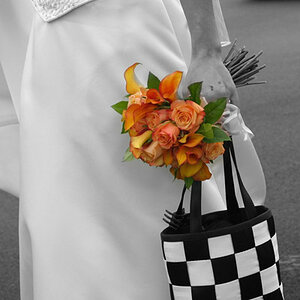
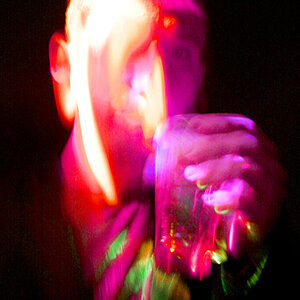
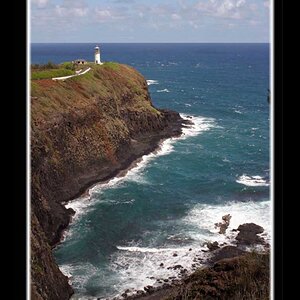
![[No title]](/data/xfmg/thumbnail/34/34061-e097813b3719866d07ff3e78e8119ffa.jpg?1619736258)
![[No title]](/data/xfmg/thumbnail/34/34059-47197a726f7089095bae50bfb77d8b1d.jpg?1619736258)


